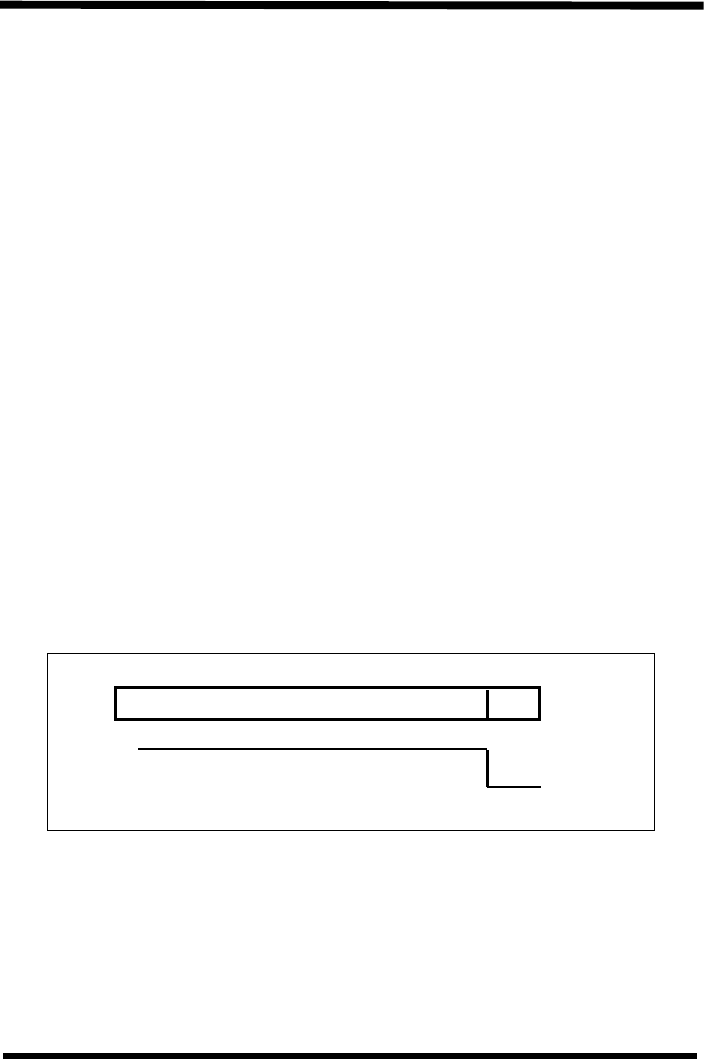
170 SATO RISC Printers
5. Interface Specifications Programming Manual
5.3 The Receive Buffer
The SATO RISC printers have the ability to receive a data stream from
the host in one of two ways. The receive buffer may be configured to
accept one print job at a time or multiple print jobs. The single job print
buffer is generally used by software programs that wish to maintain con-
trol of the job print queue so that it can move a high priority job in front of
ones of lesser importance. The multiple job buffer, on the other hand
prints all jobs in the order they are received by the printer, and the order
of printing cannot be changed.
Single Job Buffer
The printer receives and prints one job at a time. Each job must not
exceed 64 K bytes.
Multi Job Buffer
The printer is able to continuously receive print jobs, compiling and print-
ing other jobs at the same time. It acts much like a “print buffer” to maxi-
mize the performance of the host and the printer.The Multi Job Buffer
mode is selected with DSW2-5. When using the RS232 Serial interface,
the Multi Job Buffer uses either the Ready/Busy with DTR (pin 20) or X-
On/X-Off flow control protocols. See these sections for more details. With
an empty receiving buffer, the status of DTR is “high” (or an X-On status
if using X-On/X-Off), meaning the printer is ready to receive data. When
the receive buffer is holding 62K bytes of data (2K bytes from being full),
DTR will go “low” (or an X-Off is sent) indicating the printer can no longer
receive data. This condition is called “Buffer Near Full”.
The receiving buffer will not be able to receive more data again until a
“Buffer Available” condition occurs. This takes place when the receiving
buffer has emptied so that only 56K bytes of data are being held (8K bytes
DTR High or
X-On
Buffer Near Full
DTR Low or
X-Off
0
62K 64K


















